Electronic Engineering
About Electronic Engineering
Electronic engineering is widely used in modern society’s infrastructure. Department of Electronic Engineering studies involve two specialized fields -materials and devices and intelligent information processing circuits- in conformance with Japan Accreditation Board for Engineering Education (JABEE) training programs to develop the ability to respond to continuing advances in electronics as industry and society change.
Research Domain
Measurement technologies, integrated circuits, software, solar cells, ultrasound, electronic circuits, biosensors, light-emitting diodes, optical communications, optical fiber, ubiquitous networks, wireless communication, semiconductors, electromagnetic environment, medical devices, digital terrestrial broadcasting, nanotechnology, environmental technologies, green ITResearch
In this laboratory, we focus on the functional measurement of brain activities and its application to the daily life. The brain activities measured by EEG (electroencephalogram), functional NIRS (near-infrared spectroscopy) or fMRI (functional magnetic resonance imaging) are analyzed to uncover higher-order brain functions. As an application of the biosignal measurement, we are studying on the brain-computer interface (BCI), on which the intentions or “thoughts” of human are extracted from brain activities and the measured signals are used to modulate brain activities via neuro-feedback technology. The BCI will enable us to communicate between brain and external world bi-directionally. Moreover, we are also developing the eyewear “JINS MEME” with an eyewear company, to enable precise detection of mental and physical states of users in a daily life. The mental (drowsiness, sleepiness, fatigue, interest) and physical states can be identified from the EOG (electrooculogram) signal and the body motion measured by this eyewear. This device can enable you to look into “yourself”, as well as outer scenes.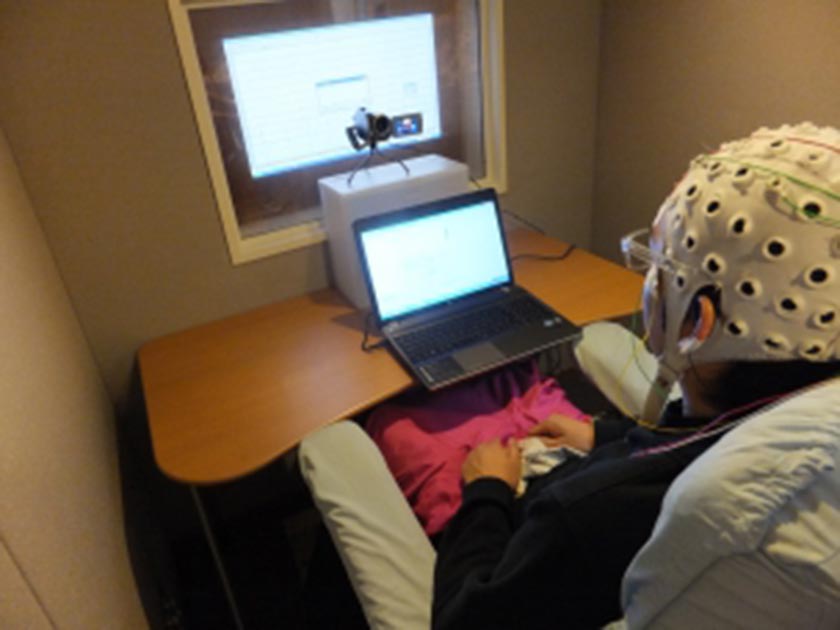 Experiment of EEG measurement
Experiment of EEG measurement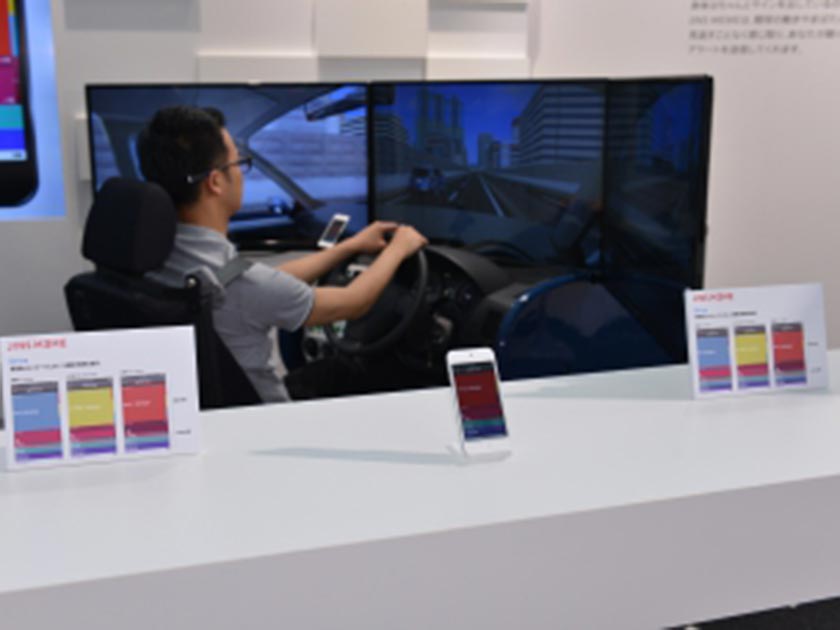 Drowsiness detection of car driver by JINS MEME
Drowsiness detection of car driver by JINS MEME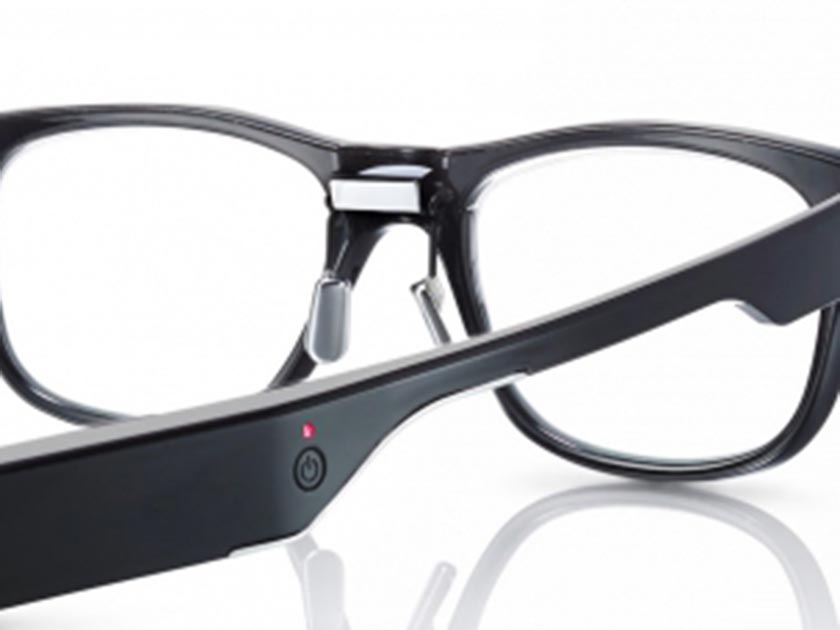 A closer look of JINS MEME
A closer look of JINS MEME
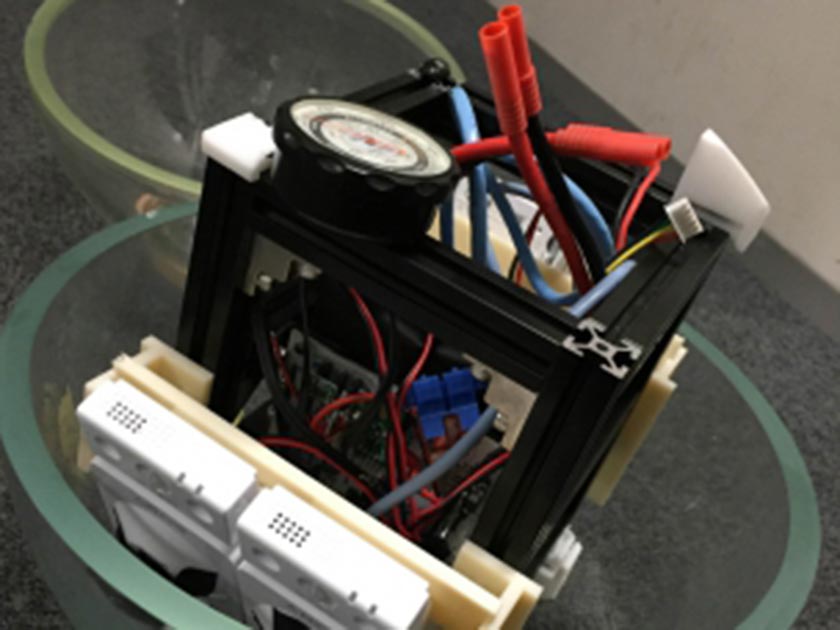
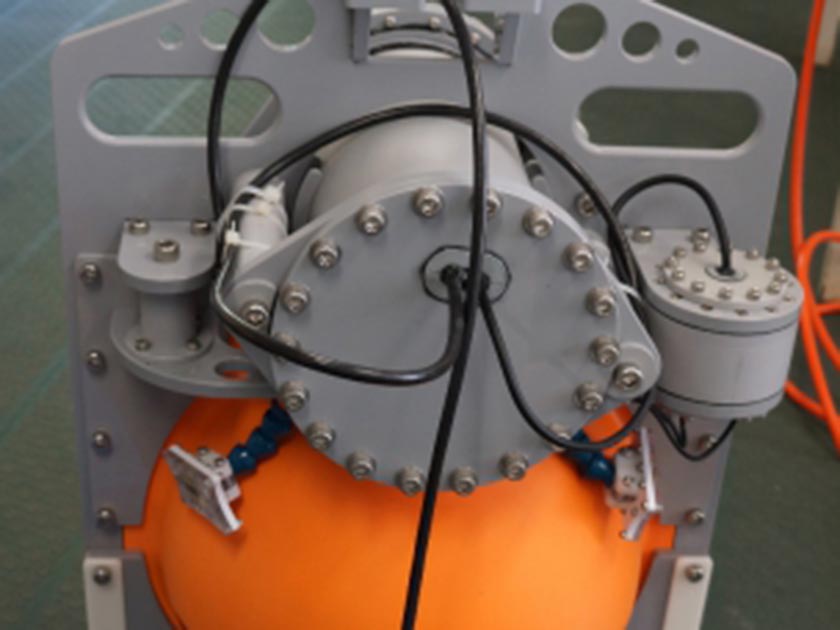
Laboratories
Objectives in Education and Research
The vision of the Department of Electronics Engineering is to cultivate individuals with the following skills:
- Fundamental knowledge/applied skills: Acquire fundamental knowledge in electronics engineering expertise (Materials and devices/logic circuits) and apply expert knowledge.
- Self-expression/conversation skills: Presentation skills and communication abilities necessary to theoretically express ones own views.
- Behavior, intentions, cooperativeness, sense of ethics and responsibility.